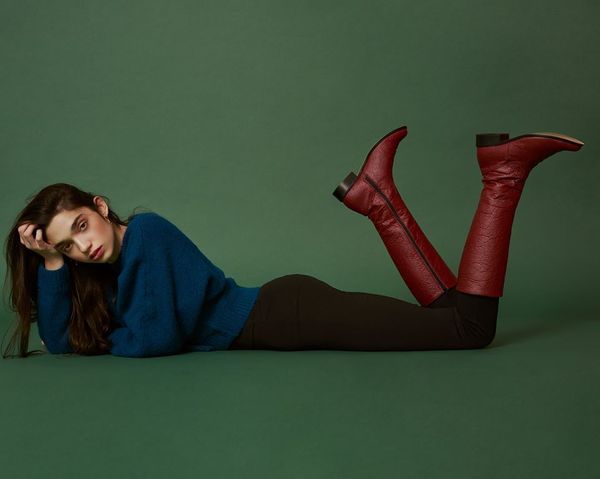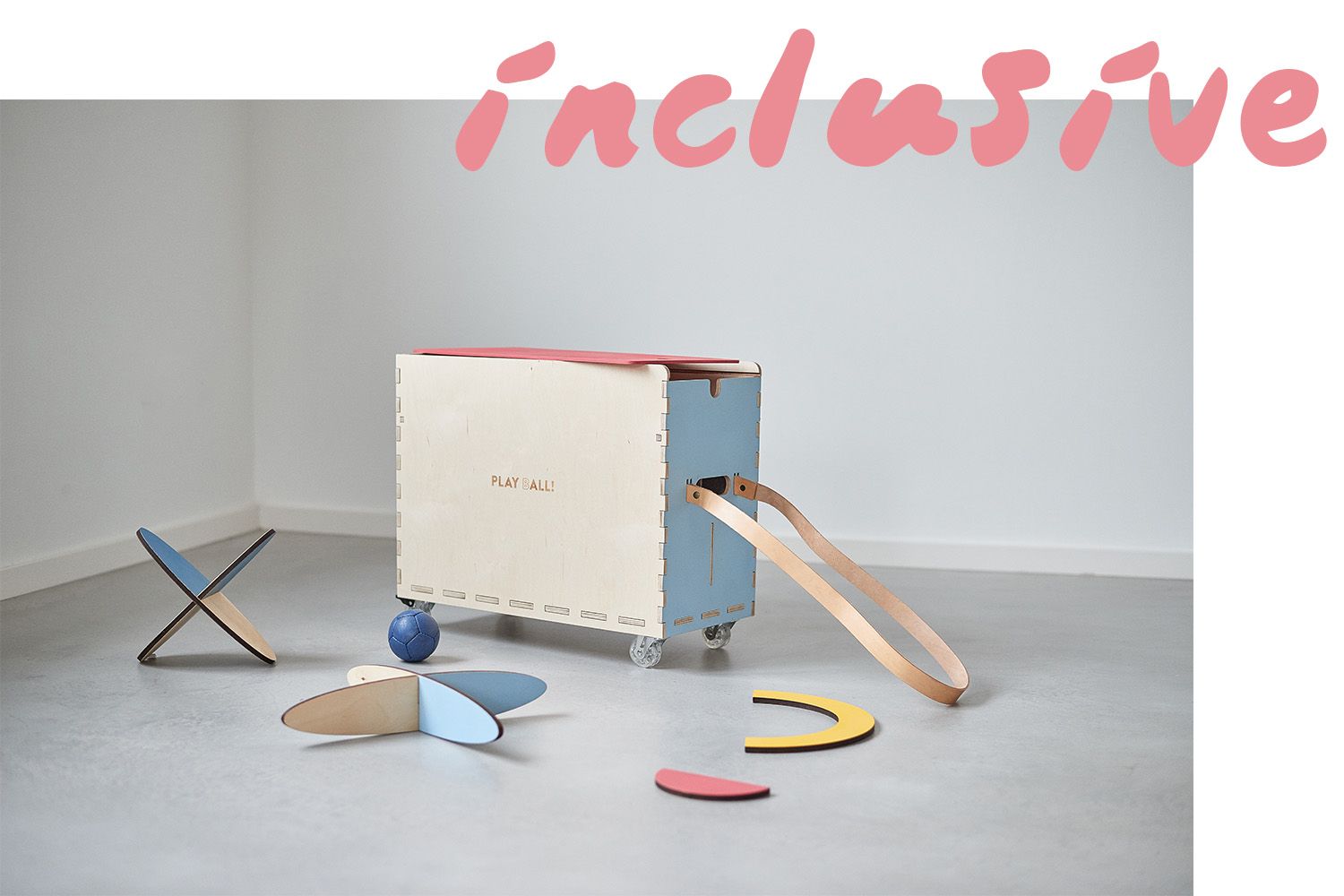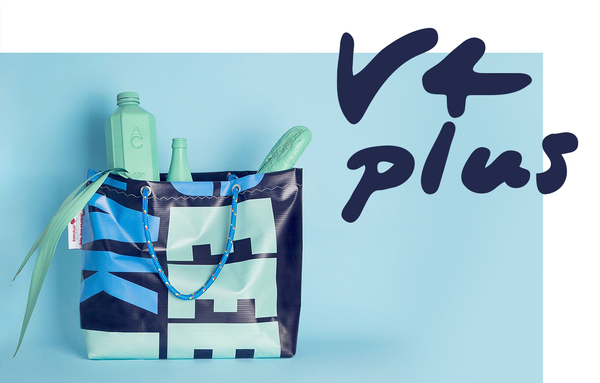Our previous INCLUSIVE article also tried to answer the question of how a design object can be integrative without resulting in any kind of negative prejudice or feeling.
Responding to the question stated above, Anna Borbála Lányi called sport and movement to help: PLAY bALL is a toy of skill, and also a preparatory tool for the Paralympic sport called boccia. It creates an opportunity for children with multiple disabilities to take part and a sense of accomplishment and promotes their integration into society.
Interview!
As also implied by its name, PLAY bALL (with all being a reference to everybody) can be played both by healthy children and children with disabilities. Making the game more exciting, easily comprehensible and loveable plays an important role in the design of the toy. Exactly what elements is it comprised of; how should one play with it?
Much less objects are compatible with children with disabilities in our world than we would think – this is no different in the field of toys, either. The PLAY bALL was not designed for children with disabilities exclusively, but it puts their needs in the first place. Movement and sport are very important in the life of children with multiple disabilities, this is what the toy I designed is destined to prepare the children for. In its concept, PLAY bALL is the preparatory tool of boccia (a Paralympic sport), and in terms of its realization, it is a ball-throwing, rolling and building toy that can be enjoyed by everyone. We can create different types of narrative and skill courses with the toy that can be built both in two and in three dimensions. The courses that can be adjusted to the story help children understand the purpose of playing boccia, while the skill courses develop the skills necessary for the same. The children-friendly appearance and use of materials of the toy was also of vital importance for me, which I attempted to achieve with simple geometric shapes, moderate colors and natural materials.
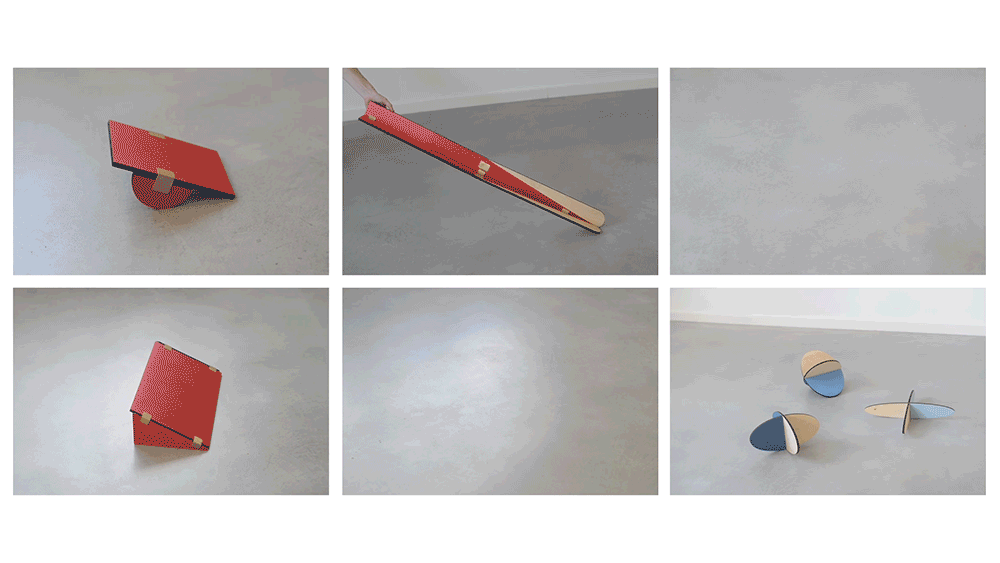
PLAY bALL is the combination of mountable modular elements manufactured via digital production. Why was the application of this technology important, what added value does it offer?
Modularity makes it possible for the tool to be a building toy. The building process is, in addition to its developing impact, also an enjoyable activity, and owing to it the toy can be customizable, which means that it can be adjusted to individual skills and abilities. We can make toy elements from the building blocks, and by combining them we can create courses of different levels. Children can play with it on beginner, intermediate and advanced level, so everyone can face challenges adjusted to their level.
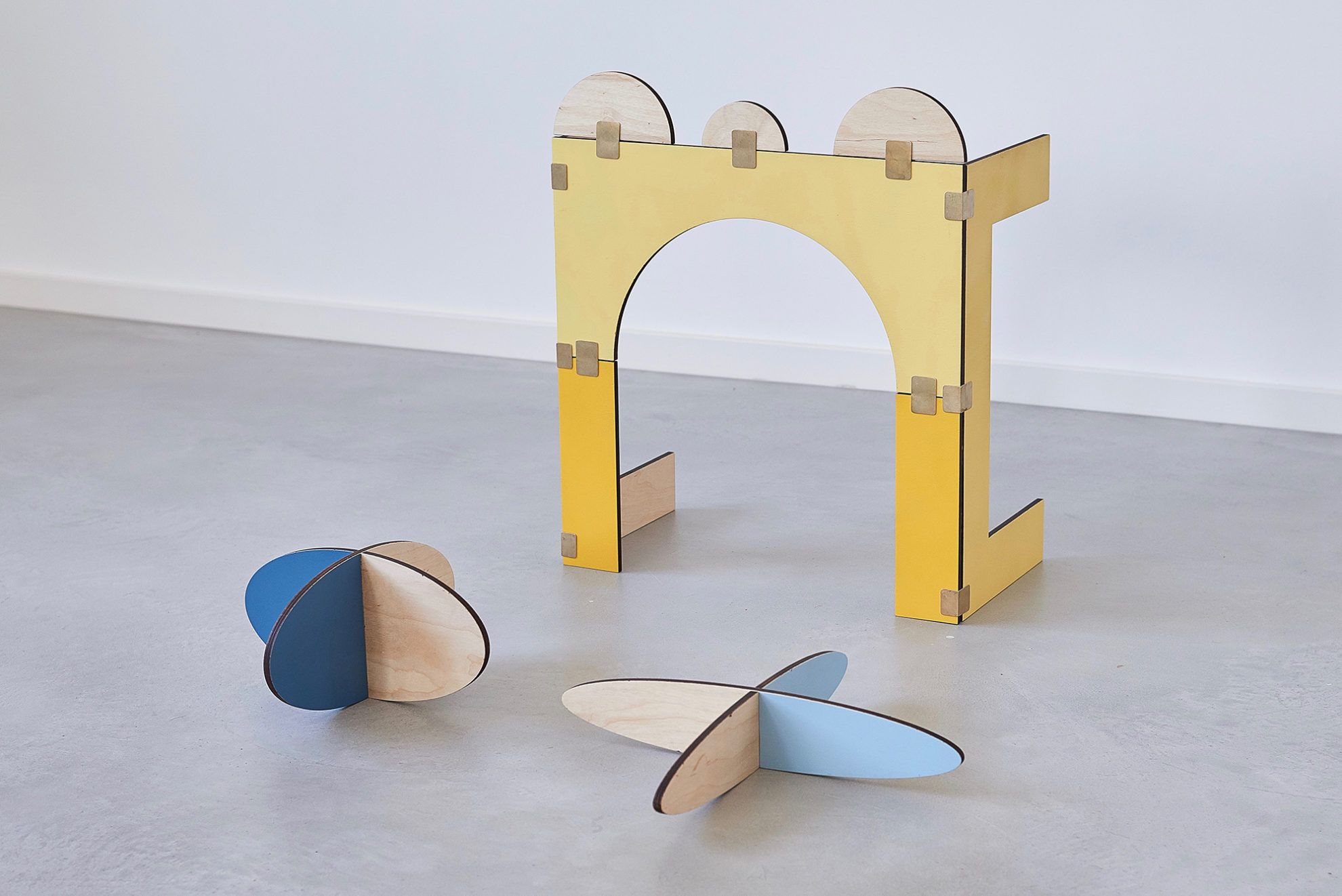
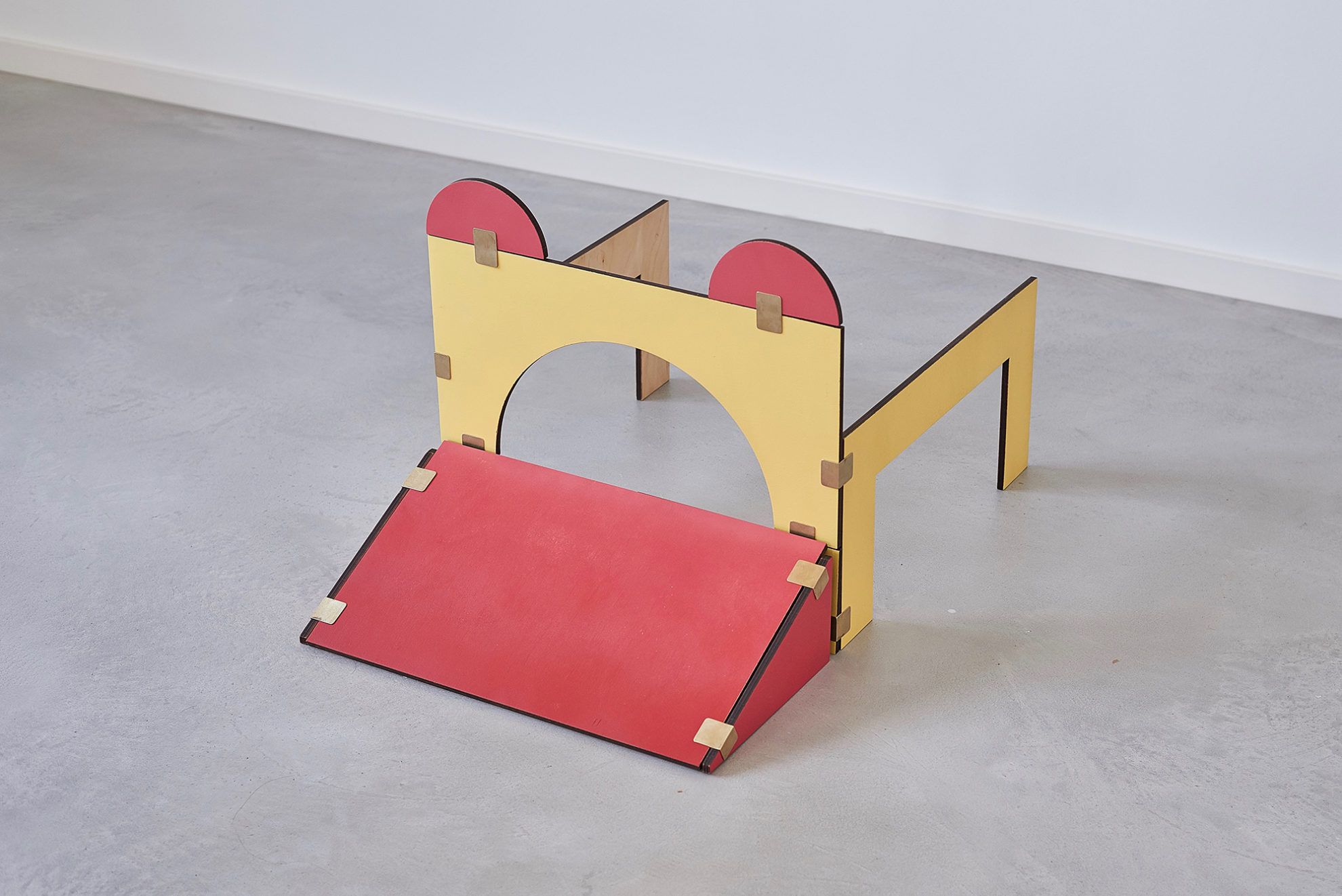
It is important that the wooden blocks fit to each other very precisely when assembling them. They have been laser-cut, which, besides the high-precision cutting, also makes it possible to cut out as many blocks from a sheet as possible, and so unnecessary waste can be kept at a minimum. But this is more about the optimization of manufacturing.

The three basic colors (yellow, blue and red) and the application of their shades can be observed in the design of the set: how conscious is the use of colors, what exact function do these colors have?
The use of colors is absolutely intended. I created the shapes of wooden elements by combining the basic forms, and then also reached back to the three basic colors as well as their moderated and calm shades. The three colors help you find your way around during building: you can build targets out of the yellow ones, ramps from the red ones, and moving and complicating elements from the blue blocks. Three shades also appear within the three colors, which help directing one’s attention and focus, and also communicate the difficulty level.
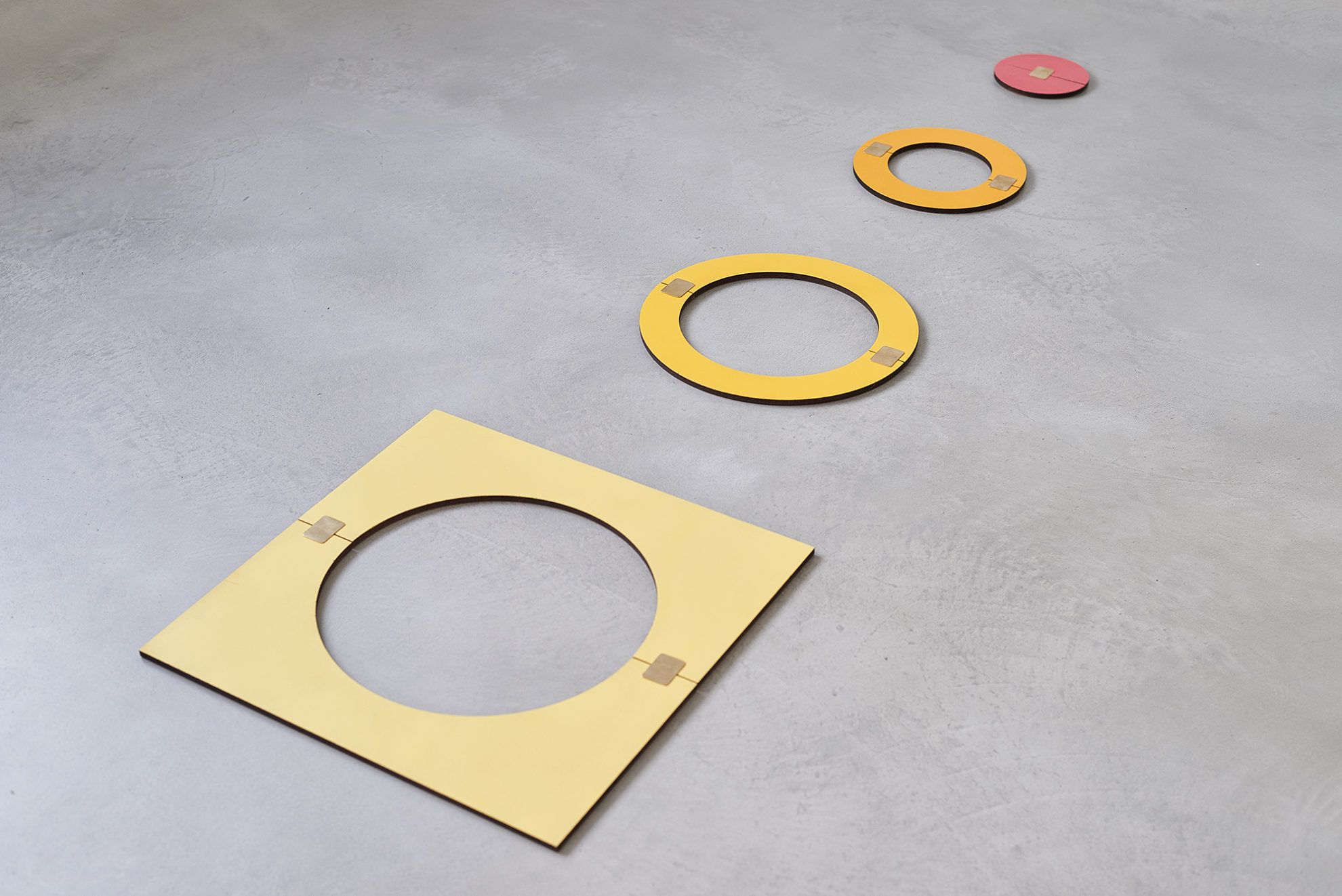
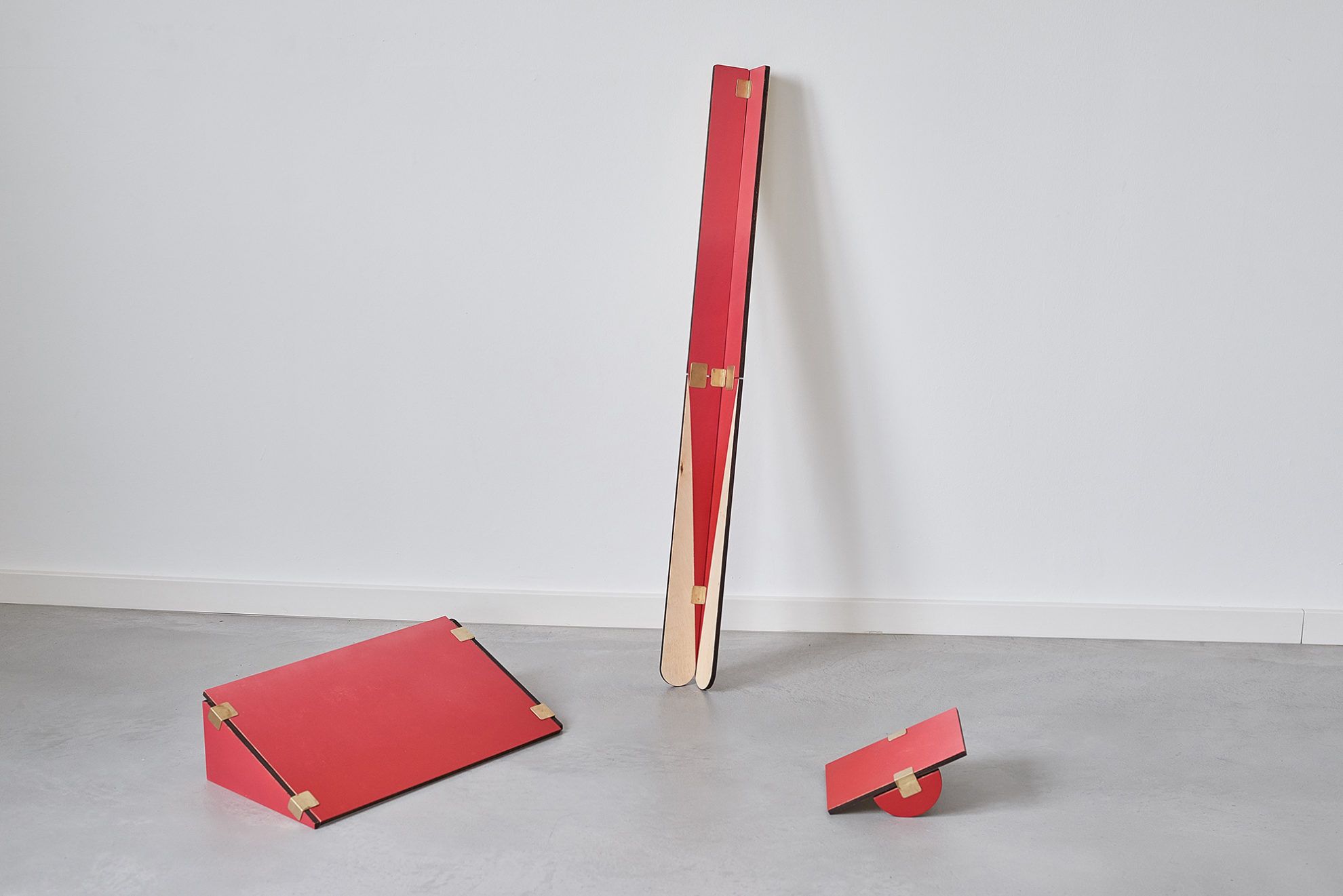

Csillagház lays a great emphasis on the customized movement education of children: the first prototype of PLAY bALL is still one of the dominant special education tools of the school today. What future aspirations and objectives do you have with the set?
My goal is to implement PLAY bALL and for it to become a product. At the moment, I think of it as a tested prototype, which I would like to develop into a real toy. In relation to this, I won a three-year fellowship (MMA Art Fellowship Program) in September 2019, in the course of which I will take the toy through product development so that it will become ready for manufacturing, and so that children, families, schools and institutions in the widest possible scope can have access to it.
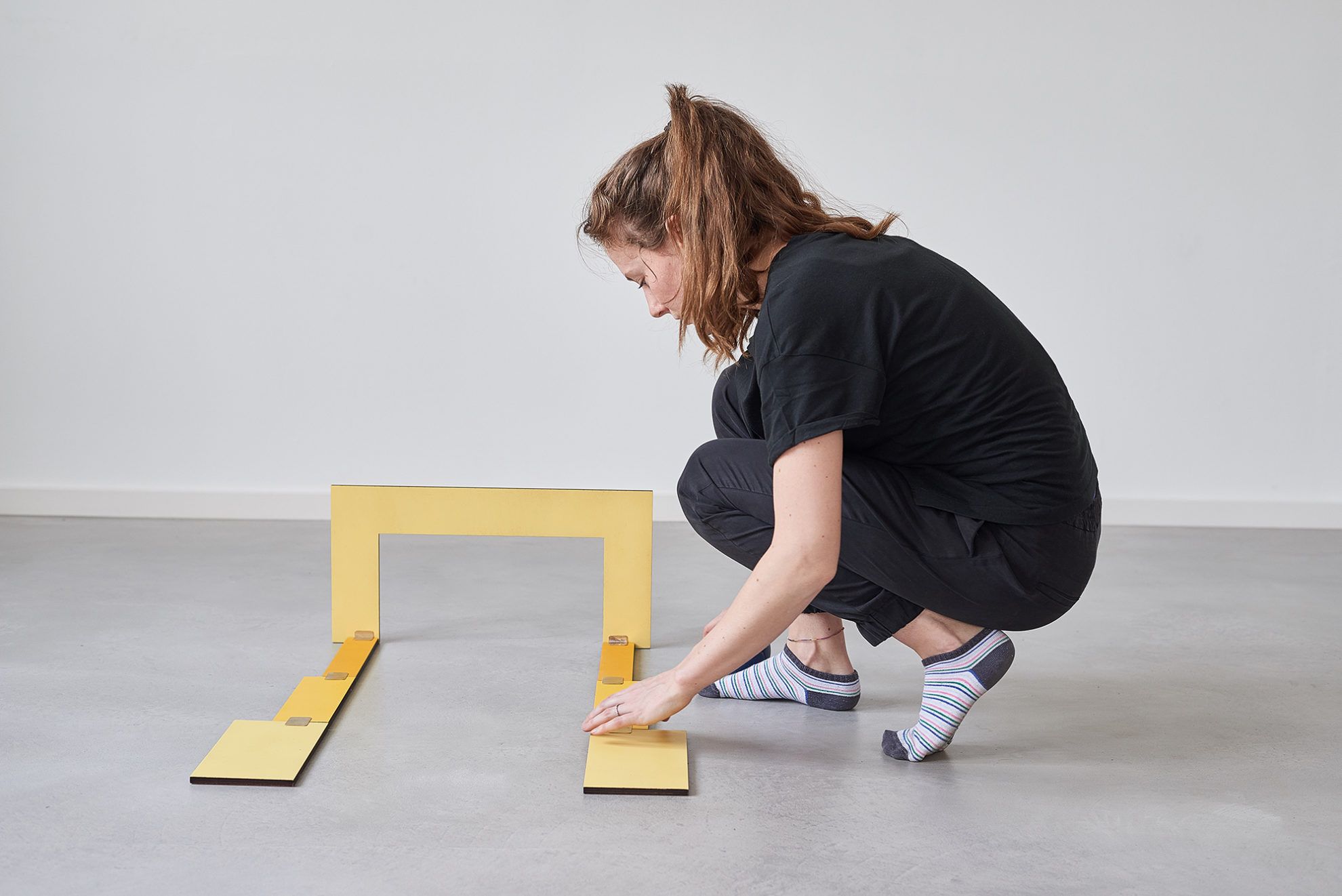
Do you have some kind of personal connection or motivation in creating the project?
Yes, absolutely. I work with this subject in a manifold and diverse manner. However, what keeps me motivated and interested continuously is to create something useful, not something egocentric or selfish. I love working together with the user – in my case, with teachers and children with multiple disabilities – it is a very exciting, true and back-and-forth process. It is also a very grateful one!

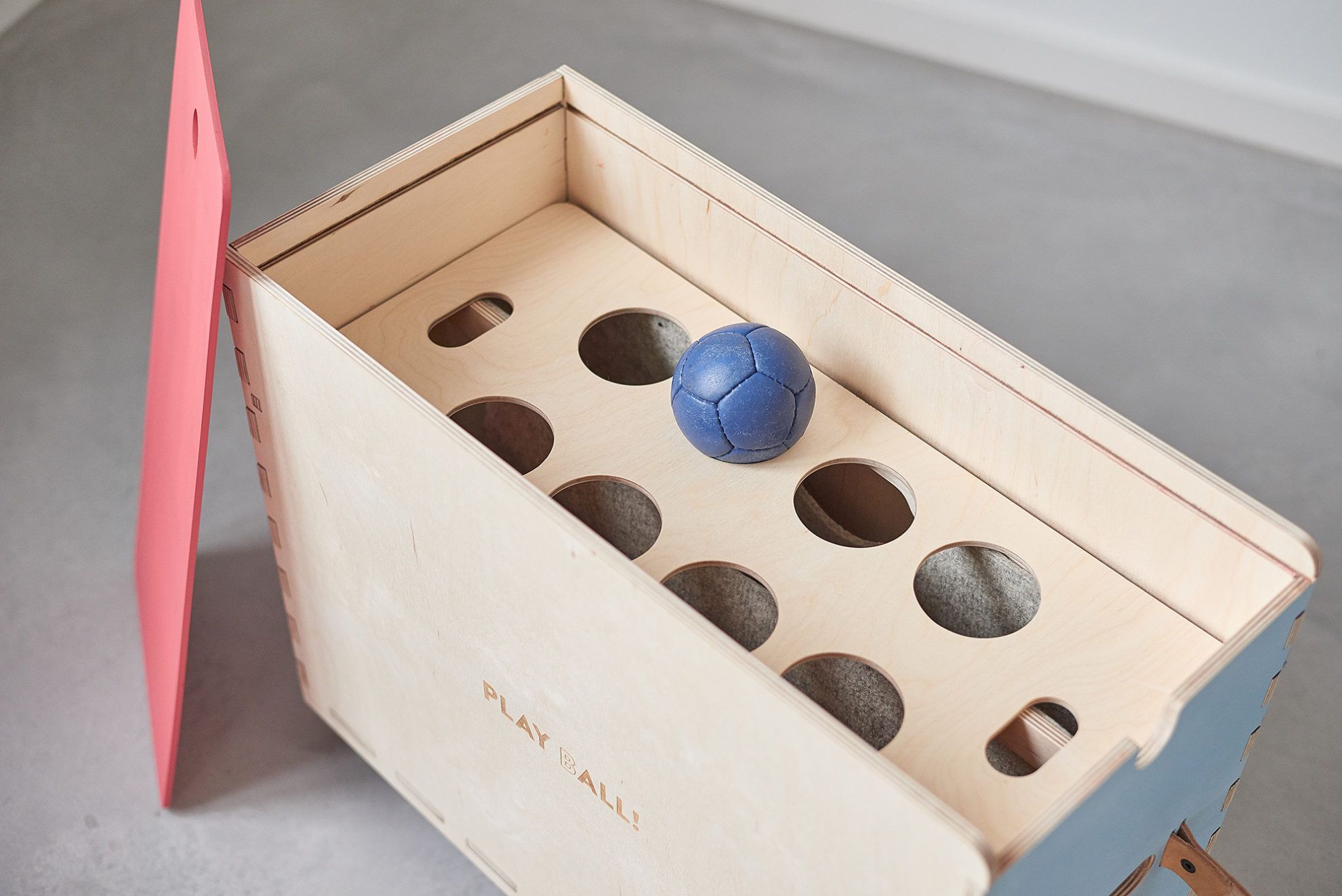
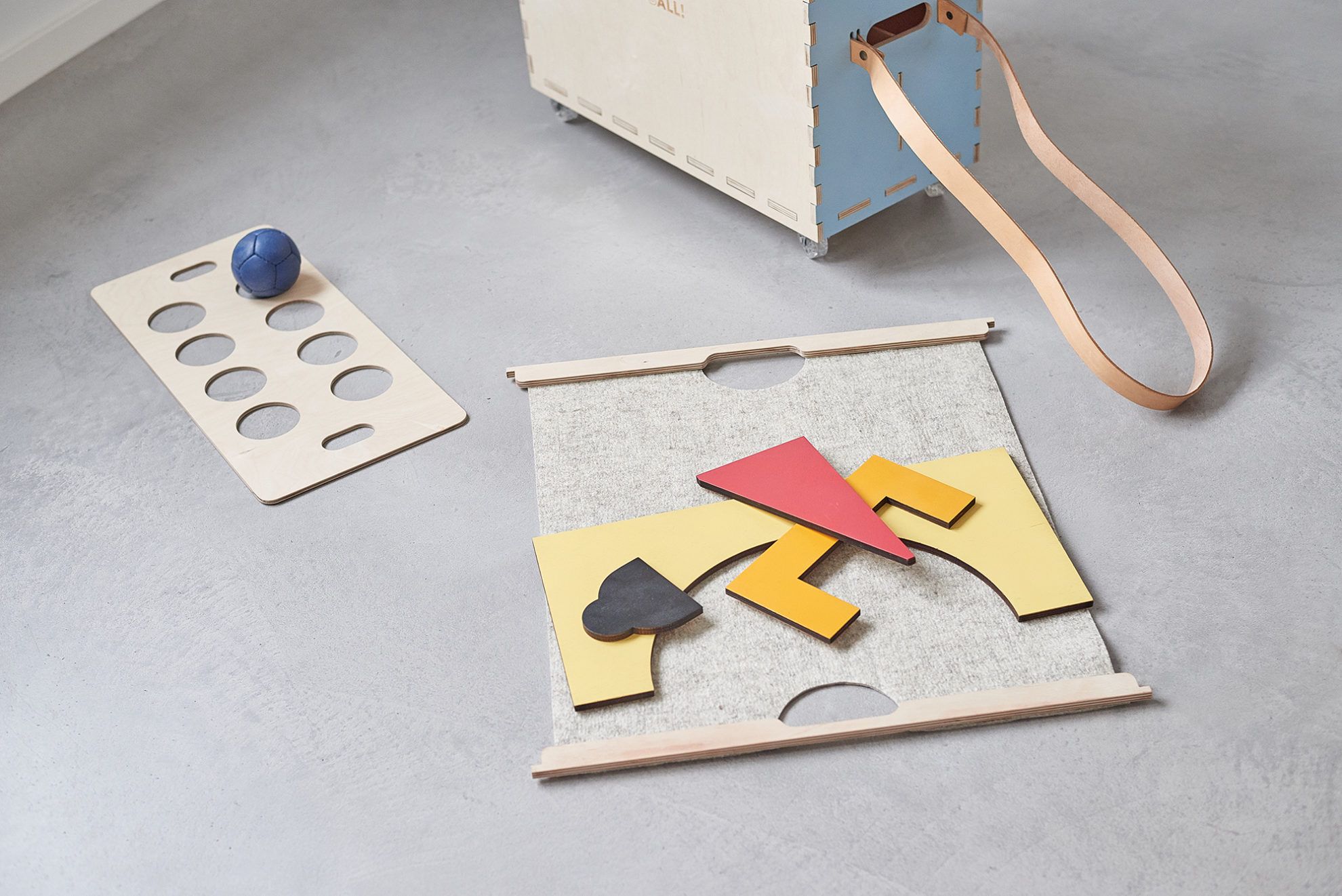
Video: Dániel Horváth, Dávid Vass
Music: Grandbrothers, Honey
Photo, GIF: Lidia Paseczki
PLAY bALL was realized in the framework of the Design for Care course.
The institutions participating in creating the course: Csillagház Elementary School, Digital Craft Lab, Department of Design and Art, TransferLab
The teachers of MOME participating in the course: Fanni Csernátony, Renáta Dezső, Bálint Veres PhD
Professionals and special education teachers contributing to the implementation of the project: Krisztina Molnár, Anita Takár, Dr. Miklósné Benczúr, Dr. Ágnes Lányiné Engelmayer
Manufacturing: FabLab Budapest
The INCLUSIVE article series is created in collaboration with MOME Transfer lab., the workshop of Moholy-Nagy University of Art and Design, which aims to call attention to the role of design in shaping our society.
MOME Transfer lab. (2012-2019) is an interdisciplinary research, creative and educational platform. It initiates activities along the passages and links between the different fields that promote the social visibility of people with disabilities and their self-determination through the means of inclusive design. The lab is a significant node of design promoting equal opportunities in Hungary.
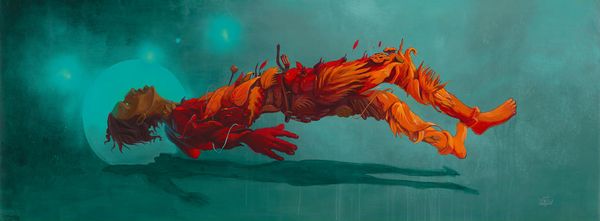
"Graffiti is an important part of culture" | Interview with Fat Heat
